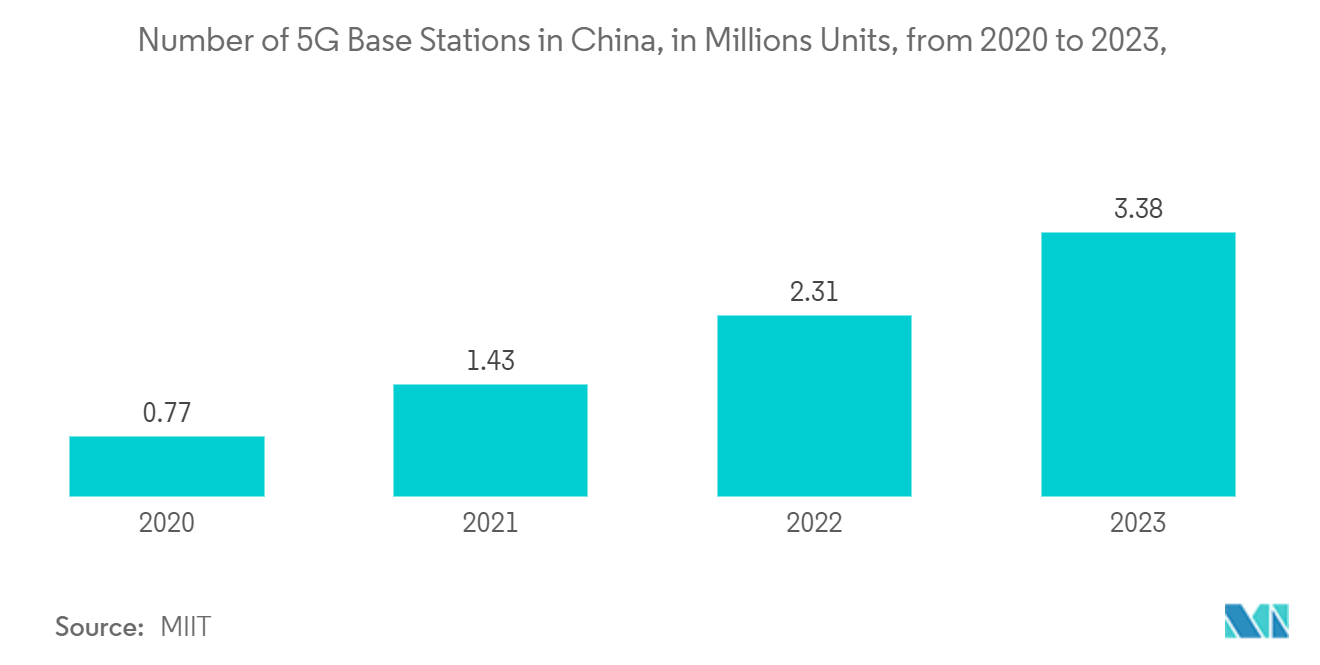Market Trends of Asia-Pacific Proximity Access Control Industry
The Biometric Scanners Segment is Expected to Hold a Significant Market Share
- Biometric technology is a rapidly expanding proximity security solution. It enables the identification of a user's physical characteristics to provide controlled physical access to infrastructures. This advanced technology is becoming increasingly popular in banking and financial services, transportation and logistics, commercial enterprises, government institutes, and residential sectors. Speech and facial recognition are contactless, non-threatening, and user-friendly biometrics technologies. The non-contact nature of the identification and authentication process encourages individuals to invest in more biometric readers.
- Biometric identifiers such as fingerprints, irises, and facial scans offer a heightened level of security compared to PIN or key-operated locks. This heightened level of protection is a significant factor for individuals and companies seeking to safeguard their properties and assets effectively. In 2023, fingerprint recognition was the most common identification method for smart door locks in China, as it was present in all smart door locks available on the market. Additionally, facial recognition was used in 16% of smart door locks.
- Biometric scanners are employed to control passports and conduct immigration procedures, thereby improving border security and speeding up the processing of travelers. For instance, in June 2024, Bengaluru International Airport Limited (BIAL) introduced India's pioneering biometric self-bag drop service. Previously, travelers at the airport's self-bag drop had to print their boarding passes at self-check-in kiosks. Subsequently, these passes were scanned to kickstart the bag drop procedure. Through Digi Yatra, which leverages facial recognition biometrics, domestic flyers can now move through airports sans a physical boarding pass or identification.
- Asia-Pacific is increasingly adopting biometric technology for authentication due to the recent advances in the field. For instance, Japan's Seven Bank will enable customers to deposit and withdraw funds through facial recognition at approximately 20,000 ATMs nationwide by March 2024. For facial authentication to be effective, customers must first link the account details to their biometric data at an ATM operated by Seven Bank. As Seven Bank depends on ATM charges from other banks, other banks are expected to follow suit to enable their customers to utilize facial recognition at the ATMs.
- The increasing 5G network connectivity in countries such as India, China, Japan, and South Korea creates ample opportunities for wireless proximity access control systems. For instance, according to MIIT, by the end of 2023, the number of 5G base stations in China amounted to 3.38 million. With extensive infrastructure investments and ambitious rollout plans, China has achieved significant 5G coverage. According to forecasts, the number of base stations is projected to reach over six million by 2024.

India is Expected to Witness Significant Growth
- India's increasing emphasis on intelligent buildings and infrastructure access control systems is essential for establishing secure, functional, and connected spaces. According to the Government of India, by 2030, approximately 40% of the population in India is expected to live in urban areas and contribute 75% of the country's GDP. The government has allocated INR 7,20,000 crore (USD 86.35 billion) for this scheme, with an average of INR 100 crore (USD 12.0 million) per city for the first five years. This scheme will be implemented as a CSM on a 50-50 basis, with the central government contributing INR 50 crore (USD 6.0 million) and the state or union territory governments contributing INR 50 crore.
- In Asia-Pacific, countries like India have developed the world's most comprehensive biometric database through initiatives such as the Aadhaar Card System. Implementing Aadhaar-based authentication provides an additional layer of security for access control systems. According to UIDAI, as of December 2023, approximately 1.3 billion Aadhaar identification cards were issued in India. In FY2023, around 36.9 million Aadhaar cards were issued in India. It is the most comprehensive biometric identification system implemented by the Indian government.
- The rise of affluence and the aspiration for a more modern lifestyle has resulted in a greater prevalence of access control systems for residential complexes in India, both in terms of convenience and security. The growing wireless network connectivity and 5G network across the country accelerates the adoption of wireless access control systems such as proximity access control.
- The proximity access control market is expected to experience a surge in demand due to the increasing prevalence of access control systems in various sectors, such as retail, hospitality, hospitality, airports, ATMs, banking, residential, and religious institutions in India. Furthermore, the heightened risk of terrorist attacks, increased crime rates, and India's low police-to-population ratio are likely to stimulate the access control market further.
- Moreover, the proximity access control segment is growing as consumers become increasingly interested in utilizing cost-effective security solutions. Finally, the demand for wireless and Internet of Things (IoT)-based security systems across various applications is expected to propel the access control market.


